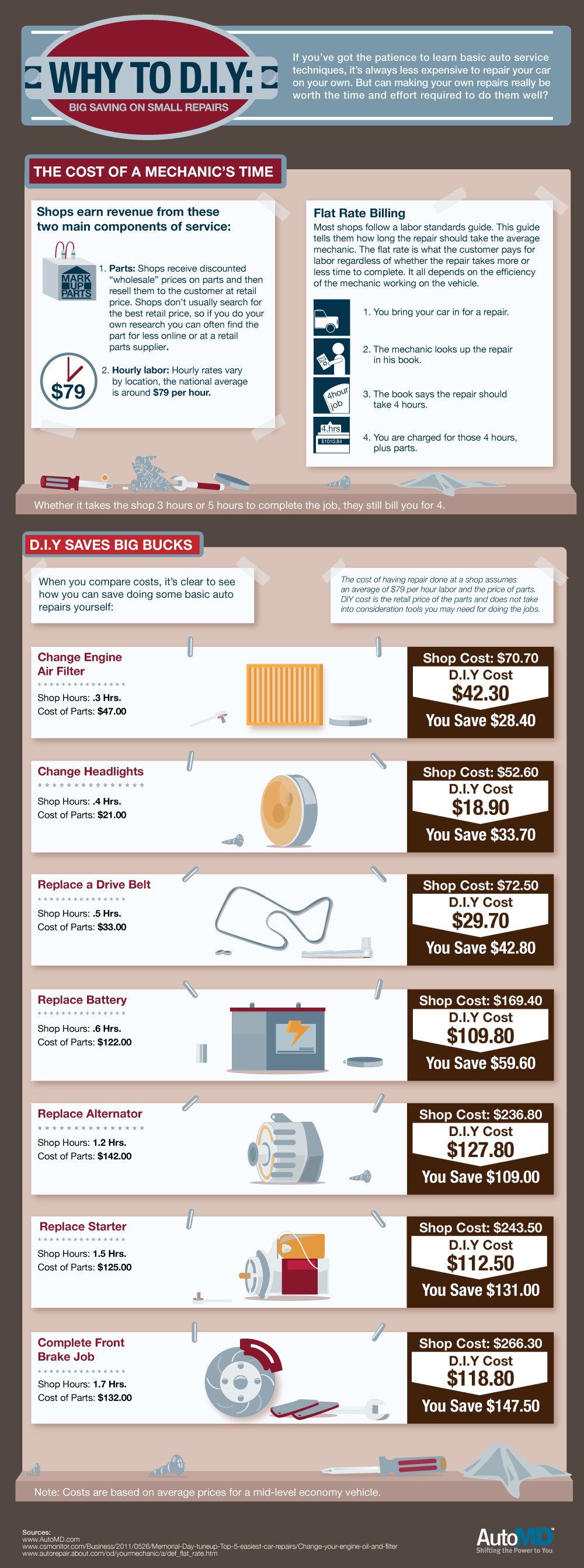Translating Your Vehicle'S Alert Lights: Their Real Effects
Translating Your Vehicle'S Alert Lights: Their Real Effects
Blog Article
Short Article Composed By-Faulkner Forbes
When you're behind the wheel, those beautiful warning lights on your control panel can be a little bit complicated. Do you know what they're trying to tell you concerning your car's wellness? Comprehending the importance of these lights is vital for your security and the long life of your automobile. So, the following time among those lights appears, wouldn't you want to analyze its message precisely and take the essential steps to resolve it?
Common Warning Lighting and Interpretations
Identify common caution lights in your vehicle and understand their definitions to make sure risk-free driving.
The most normal caution lights consist of the check engine light, which indicates concerns with the engine or discharges system. If this light comes on, it's important to have your lorry inspected quickly.
The oil pressure alerting light suggests reduced oil stress, calling for prompt interest to stop engine damages.
A blinking battery light might suggest a faulty billing system, potentially leaving you stranded otherwise dealt with.
The tire pressure monitoring system (TPMS) light informs you to reduced tire stress, impacting vehicle security and gas efficiency. Overlooking this could result in unsafe driving conditions.
The abdominal muscle light shows a problem with the anti-lock braking system, compromising your ability to quit promptly in emergency situations.
Lastly, the coolant temperature level alerting light warns of engine getting too hot, which can lead to serious damages otherwise solved promptly.
Recognizing these usual caution lights will certainly assist you deal with issues quickly and keep secure driving problems.
Value of Prompt Interest
Recognizing the common caution lights in your cars and truck is just the initial step; the importance of quickly dealing with these warnings can't be emphasized sufficient to ensure your security when driving.
When a warning light illuminates on your dashboard, it's your car's way of connecting a possible issue that needs interest. Ignoring these cautions can cause much more serious issues later on, compromising your safety and security and potentially costing you extra out of commission.
Prompt attention to advising lights can prevent break downs and accidents. As an example, a flashing check engine light can show a misfire that, if left neglected, could create damage to the catalytic converter. Resolving this without delay can conserve you from a costly repair work.
Likewise, a brake system cautioning light may signal low brake fluid or used brake pads, essential components for your safety and security when driving.
Do It Yourself Troubleshooting Tips
If you see a warning light on your dashboard, there are a couple of DIY troubleshooting suggestions you can attempt before looking for specialist help.
The first step is to consult your vehicle's handbook to understand what the particular warning light suggests. Occasionally the concern can be as straightforward as a loose gas cap activating the check engine light. Tightening https://lorenzotnibw.dgbloggers.com/30329165/accomplishment-story-recovering-an-overlooked-automobile-through-expert-describing might resolve the problem.
An additional typical problem is a low battery, which can set off various warning lights. Examining the battery connections for corrosion and ensuring they're protected could repair the trouble.
If a warning light persists, you can try resetting it by disconnecting the car's battery for a couple of mins and after that reconnecting it. Additionally, checking your automobile's fluid degrees, such as oil, coolant, and brake liquid, can assist fix warning lights associated with these systems.
you could check here
To conclude, understanding your cars and truck's warning lights is crucial for maintaining your lorry running smoothly and securely. By without delay addressing these notifies and recognizing what they suggest, you can avoid costly repair services and prospective break downs.
Keep in mind to consult your car's manual for specific details on each cautioning light and act as necessary to make certain a trouble-free driving experience.
Remain educated, stay secure on the road!
